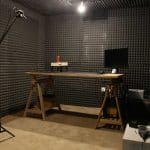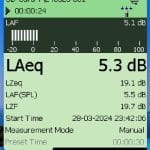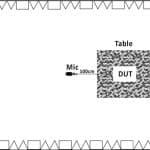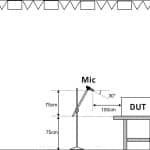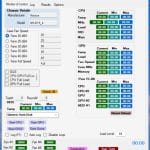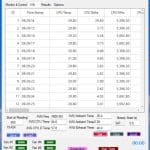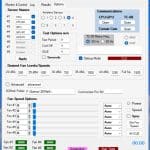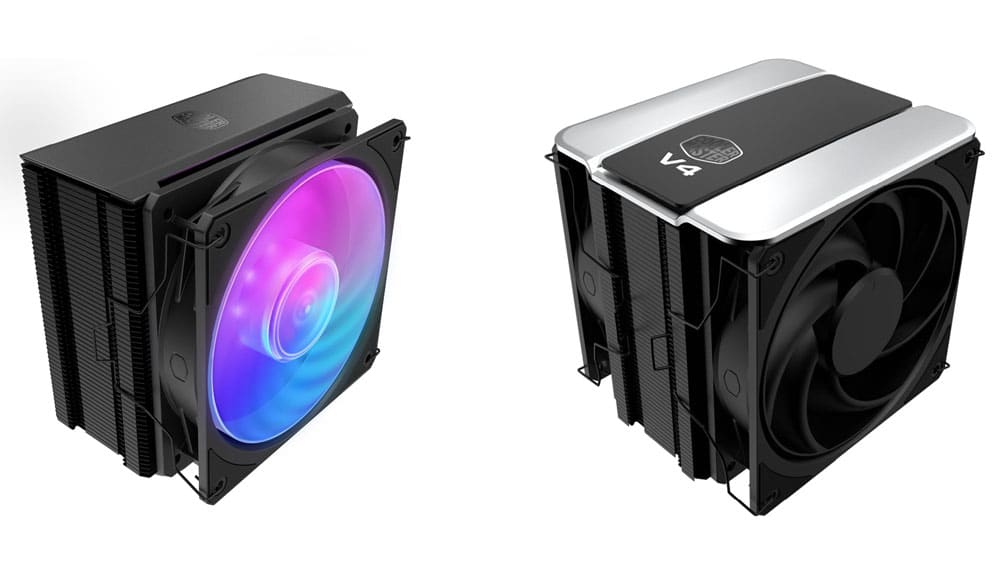Test Methodology
I first install the cooler into a hemi-anechoic chamber, and with the help of a highly sophisticated sound analyzer, I take all necessary noise measurements required for the testing. Afterward, I install the system inside a giant climate chamber, where the ambient temperature remains steady at 25 degrees Celsius; this way, I don’t have to take the delta difference into account since I can evaluate all coolers under the same ambient temperature. I used to believe that taking the delta difference between the measured temperature of the CPU and the ambient temperature provided accurate results. Still, after testing with the climate chamber, I soon realized this was not the case.
- Manufacturer: Giant Force
- Model Number: GTH-800-20-CP-AR
- Temp Range: -20℃ ~ +100℃
- Humidity Range: 20% ~ 98% RH
- Temp/humidity Constancy: ±0.2℃; ±2.5%RH
- Temp/humidity Uniformity at center: ±0.5℃; ±4%RH
- Indication Resolution:
- Internal Dimensions (WHD): 100 x 100 x 80 cm
- External Dimensions (WHD): 145 x 190 x 135 cm
- Net Weight (approx): 450 kgs
- Heat-up Time (No load, no linear): (from 20°C to +100°C) 30min
- Pull-down Time (No load, no linear): (from 20°C to -20°C) 50min
- Cooling System: Airtight compressor + evaporator fins + air-cooling condenser
- Power Source: 3Φ AC 380V ±5%, 50Hz±1% 10KW
- Based on Standards: ISO 5801-2007, AMCA 210-0, ASHRAE 51-2007, IEC 61591-2005, GB/T 1236-200
Besides the Giant Force climate chamber, I also use the following equipment.
- Noise Test Environment: Hemi-Anechoic Chamber with 6 dB(A) noise floor
- Conditions: 25 (+-2) degrees Celsius, 40-50% humidity
- Sound Analyzer: Bruel & Kjaer 2270-S G4
- Microphone: Bruel & Kjaer Type 4955-A
- Mic Calibrator: Bruel & Kjaer Type 4231
- Data Logger: Picoscope TC-08
To evaluate the coolers, I use a superpower-hungry Intel i9-13900K. This beast reaches 360W of sustained load, which I measure accurately using a Powenetics v2 system. Below are all the parts of the CPU cooling station test system. The thermal paste I use is Arctic Cooling MX-4. I run at least two test sessions and take the average results. In all tests, the applied conditions are the following:
- Ambient Temperature: 25°C ±0.5°C
- Humidity: 30% ±4%RH
Intel Test System Specs |
||||
| Mainboard | Asus Prime Z690-A | |||
| CPU | Intel 13900K Package Power Limit (PL1, PL2) set to 250W | |||
| GPU | NVIDIA 1070 Ti | |||
| NVMe | XPG GAMMIX S50 Lite 1TB | |||
| RAM | XPG Lancer DDR5 (2 x 16GB) 6000MHz | |||
| Power Supply | Seasonic Vertex 1200W (Cybenetics Platinum) |
|||
| CPU Cooler | What is under test! | |||
| Case | DimasTech Bench | |||
I also use an AMD system to evaluate the cooler’s performance. This processor’s maximum actual TDP is 195-200W.
AMD Test System Specs |
||||
| Mainboard | Asus TUF GAMING X670E-PLUS | |||
| CPU | AMD Ryzen 9 7900x | |||
| GPU | Embedded | |||
| NVMe | XPG GAMMIX S50 Lite 1TB | |||
| RAM | XPG Lancer DDR5 (2 x 16GB) 6000MHz | |||
| Power Supply | Seasonic Vertex 1200W (Cybenetics Platinum) |
|||
| CPU Cooler | What is under test! | |||
| Case | Cooler Master Test Bench | |||
The load application is no other but the notorious Prime95 (small FFTs), which applies a tremendous load to the processor. I run each test for 20 minutes, allowing for a 10-minute cool period between each test. The whole procedure is fully automated thanks to a particular application that I made for this purpose. In AIOs, the pump runs at full speed during the entire testing duration.
The critical point in my methodology for coolers is that I consider the CPU’s average frequency during testing because it doesn’t remain steady throughout the tests. It constantly changes according to the load and the operating temperatures. Moreover, I have the Powenetics system to continually measure the CPU’s power consumption, which is way more accurate and faster than using a software solution like HWinfo.


